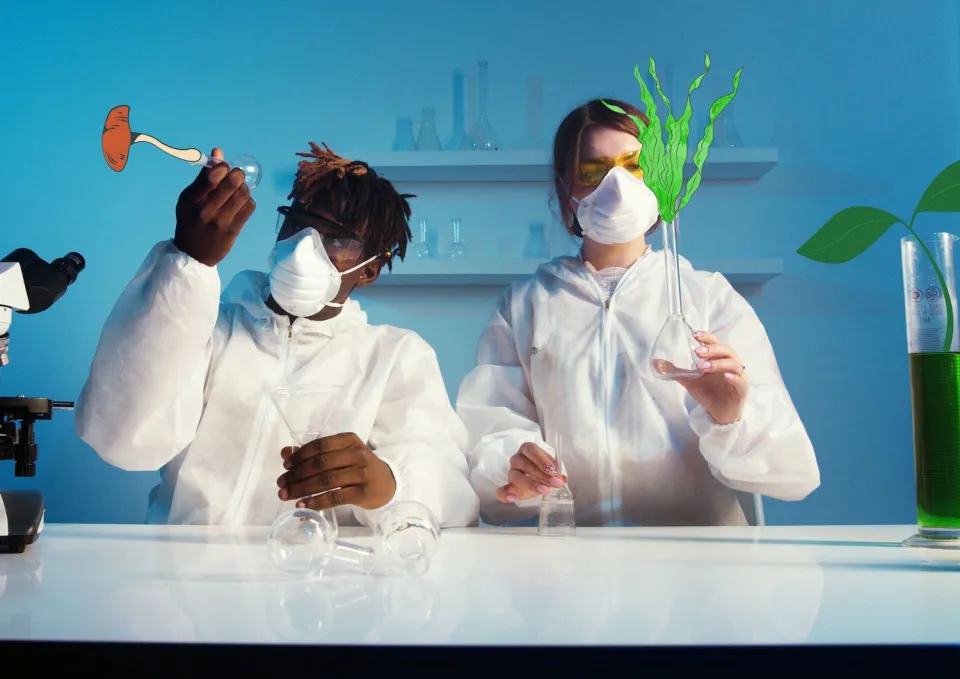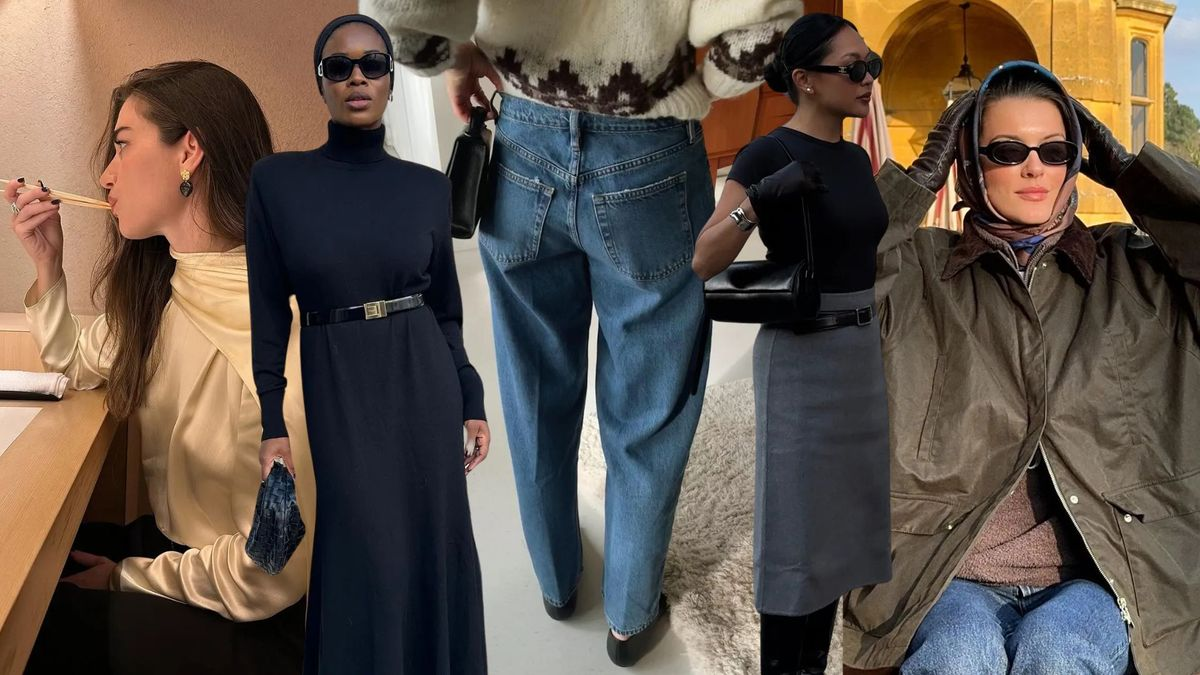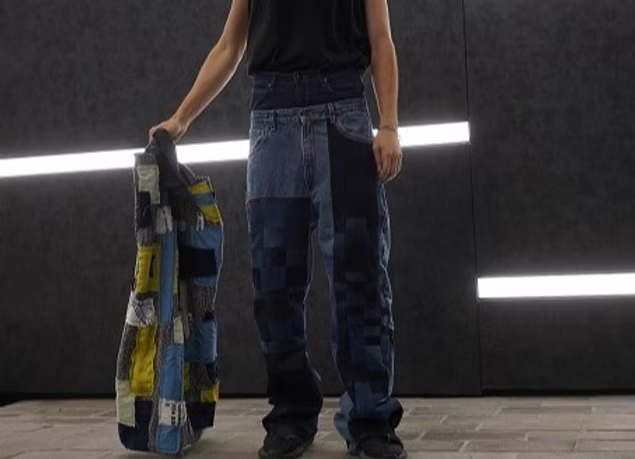What Is Biodesign in Fashion?
Biodesign fuses biology with design to create textiles that grow, heal, or respond—shifting fashion from extraction toward life-based systems. Instead of relying solely on cotton, polyester, or leather, designers are experimenting with lab-grown microbial leather, materials derived from algae or fungi, and fabrics produced using bacterial cellulose. These innovations are rooted in scientific research and prototyping, reflecting real experience in material science. Projects like microbial leather use fermentation tanks where bacteria produce cellulose that’s processed into durable, flexible sheets suitable for garments—a process that can eliminate harmful tanning and reduce resource use significantly.
Why This Matters for Sustainability
Unlike conventional textiles that demand water, land, chemicals, and generate waste, biodesign materials often need fewer inputs and can be biodegradable or recyclable at end of life. Moreover, living or biologically responsive fabrics could adapt to temperature, humidity, or wearer movement, offering comfort and performance enhancements. This gives biodesign its expertise and authority: it’s not just trendiness, but a scientifically informed disruption in textile science. The approach aligns with circular economy goals by designing garments that don’t just exist, but evolve, repair, or return to nature.
How Brands & Consumers Can Advance This Future
For brands interested in biodesign, start with small pilot collections using biomaterials, partner with research institutions, and document environmental impacts transparently. Highlighting lab procedures, performance tests, and degradation behavior builds trust with consumers who are skeptical of new materials. For consumers, supporting early adopters and educating yourself about life cycle claims is essential. Over time, as these materials scale and standards emerge, living textiles could reshape how we make, use, and think about clothing—with fashion becoming a regenerative, living ecosystem rather than a disposables industry.





